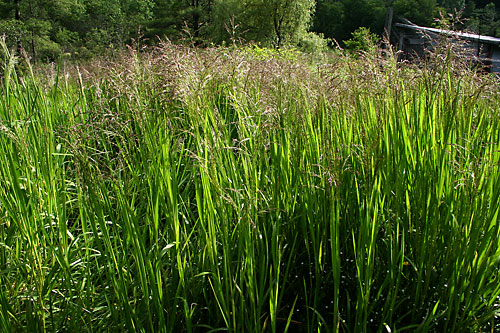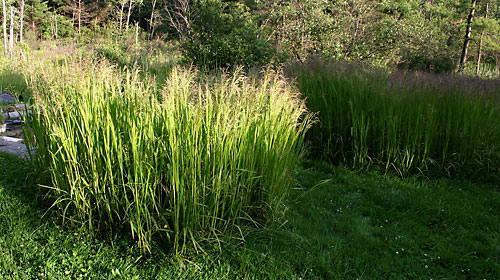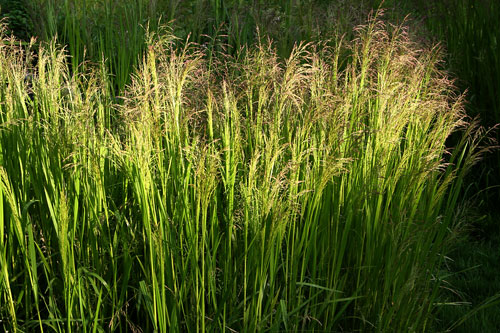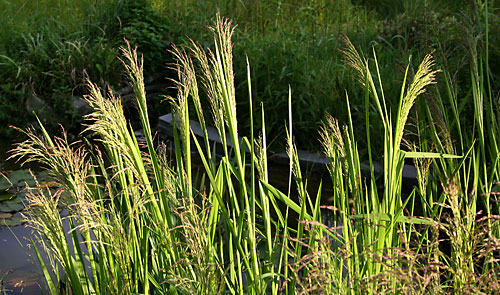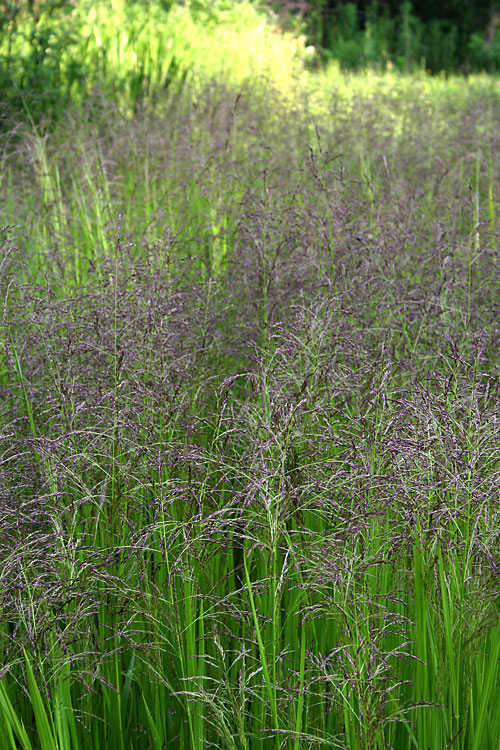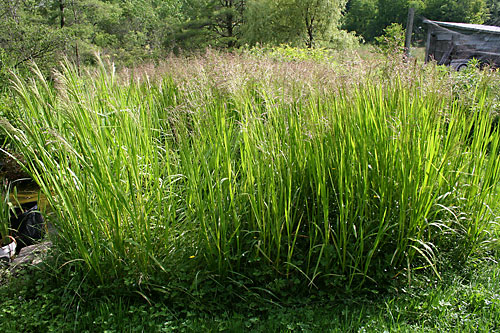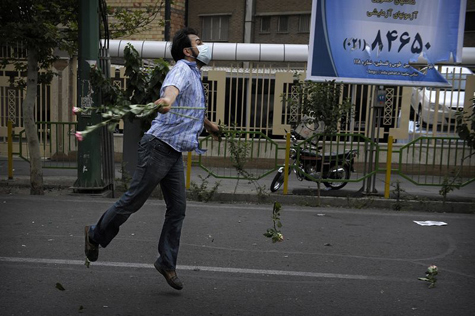 Late blight — a very destructive disease of tomatoes and potatoes (yeah, the same disease that caused the Irish potato famine) — has appeared here in New York earlier and more widespread than ever before.
Late blight — a very destructive disease of tomatoes and potatoes (yeah, the same disease that caused the Irish potato famine) — has appeared here in New York earlier and more widespread than ever before.
Go check your tomatoes and potatoes for signs of the disease. If you’ve got it, there’s nothing you can do about it. But it’s important that you seal up the infected plants in a plastic bag to prevent its spread to other gardens or commercial farms, and report it to your local Cooperative Extension office.
You can find details on the Cornell University Department of Horticulture blog. Meg McGrath, Cornell plant pathologist has excellent images of the disease in her photo gallery, and Amy Ivy, horticulturist in Clinton and Essex Counties has a podcast on the subject.
The twist on this one: Late blight doesn’t overwinter up here. Its spores are usually carried up from the South on storm fronts. This year, it appears that one source of spores are from infected plants shipped in from production facilities in the South.

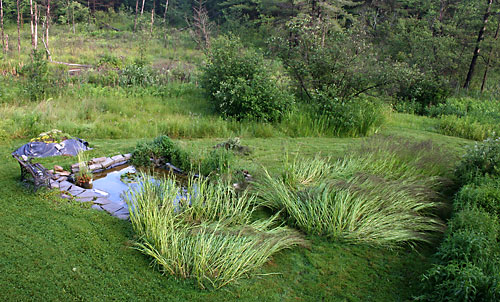
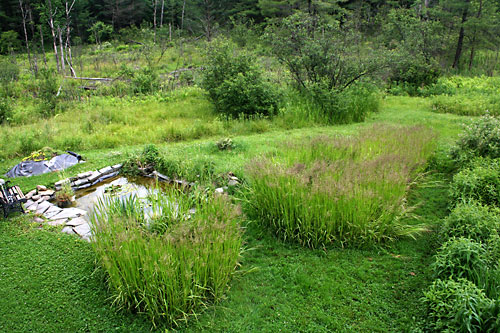

 Late blight — a very destructive disease of tomatoes and potatoes (yeah, the same disease that caused the Irish potato famine) — has appeared here in New York earlier and more widespread than ever before.
Late blight — a very destructive disease of tomatoes and potatoes (yeah, the same disease that caused the Irish potato famine) — has appeared here in New York earlier and more widespread than ever before.